Tucked away from the bustling streets of Milan, cloisters represent serene oases that enshrine the beauty and history of the city. Often overshadowed by the grandeur of the Duomo or the allure of Milan’s fashion district, these hidden courtyards offer a unique glimpse into the city’s spiritual and architectural heritage. The cloisters of Milan, quiet and usually nestled within historic convents or churches, hold secrets waiting to be discovered by travelers seeking a less trodden path.
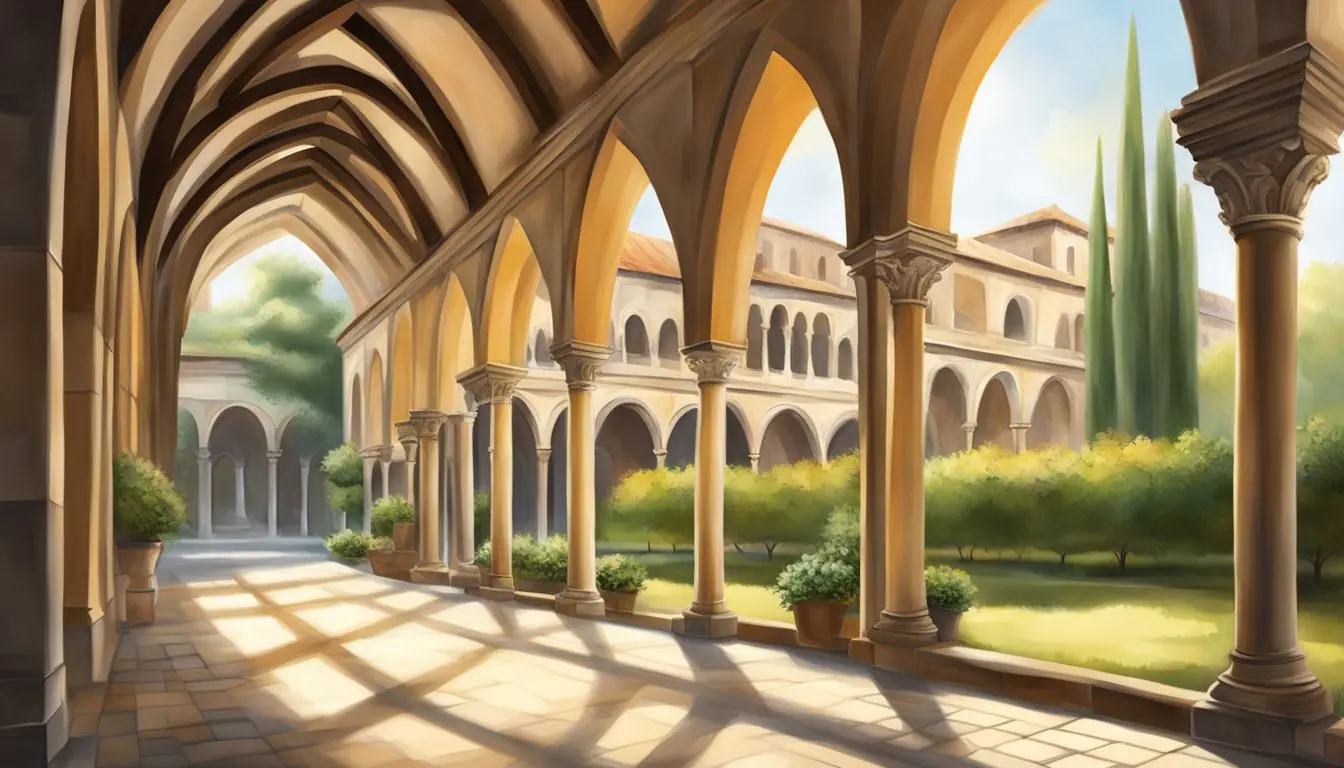
The appeal of Milan’s cloisters lies not only in their calm setting but also in their intricate details—arcades lined with columns, frescoed walls, and verdant gardens that whisper tales of the past. A journey through these secluded spaces is an opportunity to delve into the contemplative side of Milan, far removed from its contemporary hustle. These silent witnesses to history serve not just as a testament to religious life but also as venues for cultural events, art exhibitions, and more, revealing the multifaceted character of the city.
Cloisters of Milan
Key Takeaways
- Cloisters in Milan offer a tranquil retreat from urban life.
- They provide insight into Milan’s religious and cultural history.
- These hidden gems serve as spaces for contemplation and cultural experiences.
Exploring Milan
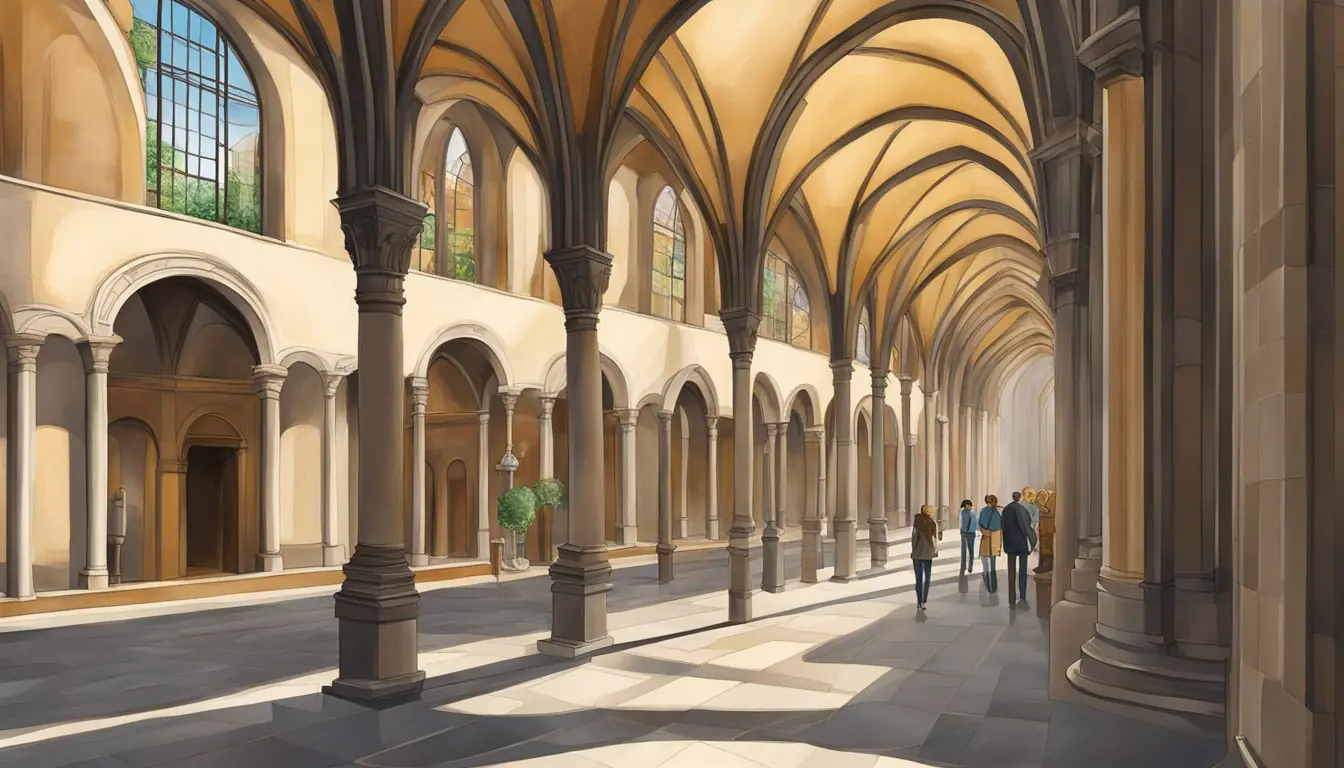
Milan offers a rich tapestry of experiences, from its storied historical landmarks to its thriving fashion scene. Visitors can discover the city’s past, immerse themselves in cultural pursuits, indulge in premium shopping, and relax in lush green spaces.
Historical Landmarks
Milan’s history is etched into its architecture, with the Duomo di Milano standing as an iconic testimony to its grandeur. This cathedral is a masterpiece of Gothic design and its spires and sculptures are an essential part of any Milan itinerary. Not far from the Duomo, visitors can explore the Galleria Vittorio Emanuele II, one of the world’s oldest shopping malls featuring opulent 19th-century architecture and luxury shopfronts.
Cultural Highlights
Italy’s rich cultural heritage shines in Milan through places like the Pinacoteca di Brera, a premier art museum housing a significant collection of Italian Renaissance art. Another must-see is Santa Maria delle Grazie, where one can admire Leonardo da Vinci’s renowned “Last Supper.” Moreover, San Bernardino alle Ossa is known for its unique chapel, a testament to Milan’s historic relationship with art and religion.
Fashion and Shopping
For fashion aficionados, the Quadrilatero della Moda district, also known as the Fashion Quadrilateral, is the heart of Milan’s fashion scene. This area boasts a dense concentration of high-end boutiques and designer showrooms. The Galleria Vittorio Emanuele II also offers an array of luxury brands that are synonymous with Milan’s global fashion prestige.
Parks and Gardens
Milan’s green spaces provide a serene escape from urban activity. Parco Sempione, located behind the Sforza Castle, is the city’s most famous park and a perfect place for leisurely strolls. The Giardini della Guastalla, with its baroque features, and the Brera Botanical Garden, offering a peaceful retreat, are both hidden gems that nature lovers and those seeking tranquility will appreciate.
Hidden Gems of Milan
Milan, often revered for its fashion and architecture, holds a trove of lesser-known wonders that embody the city’s rich history and vibrant culture. Visitors eager to explore Milan off the beaten path can discover everything from secluded art havens to the green marvels of urban architecture.
Distinctive Art and Galleries
San Maurizio al Monastero Maggiore often referred to as the “Sistine Chapel of Milan,” offers an awe-inspiring display of frescoes that remain under the radar for most tourists. Art aficionados will also appreciate the cultural significance of street art in the Isola neighborhood, where murals transform ordinary walls into extraordinary canvases. For those with a taste for the unique, a visit to Milan’s hidden galleries can reveal avant-garde installations and contemporary masterpieces.
Unique Architecture
Milan’s architectural landscape is dotted with hidden wonders like the Bosco Verticale or Vertical Forest, a pair of residential towers that have been turned into a vertical garden, hosting more than 900 trees. Meanwhile, the Villa Invernizzi hides a surprising colony of pink flamingos, offering a surreal slice of wildlife in the heart of the city. The Duomo di Milano rooftop terrace provides unparalleled views of the Gothic marvel below and a chance to see the golden Madonnina statue up close.
Alternative Tours and Experiences
For visitors yearning for an uncommon experience, numerous alternative tours can lead them through Milan’s secret corners. One can wander through Casa degli Atellani, where Leonardo’s Vineyard—the master’s own garden—has been faithfully restored. Explore the historically poignant and architecturally striking San Bernardino alle Ossa, an ossuary decorated with ornate skulls and bones. For those intrigued by Milan’s aquatic history, the city’s famous canals, or Navigli, offer a charming backdrop to the traditionally hip and bohemian districts. Enthusiasts of the peculiar might engage in an offbeat exploration recommended by Atlas Obscura, which provides insights into the most unusual attractions.
Milan Through the Ages
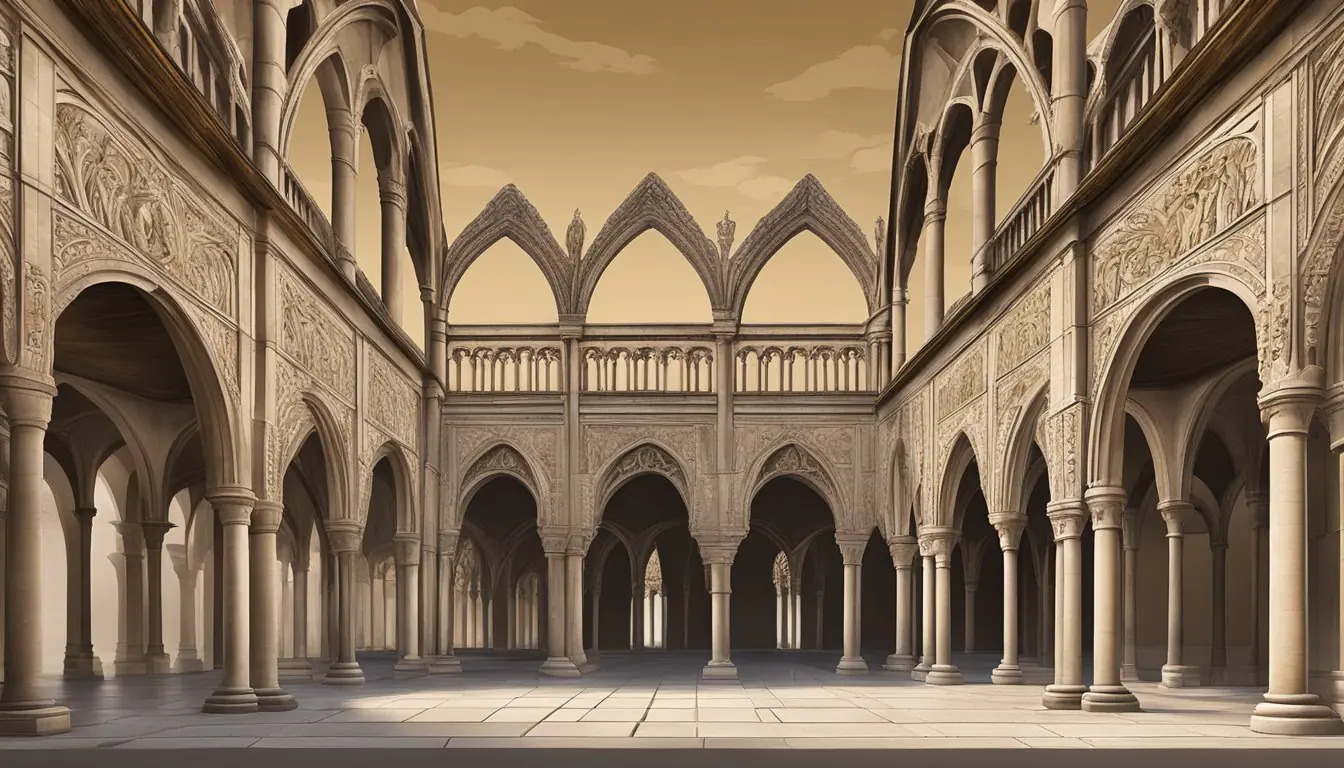
Milan, epitomizing the confluence of treasured antiquity and dynamic modernity, serves as a testament to Italy’s evolution. It is a city where the indelible marks of history and culture meet the vigorous pulse of contemporary life.
Historical Insights
Milan’s storied past is embedded in its magnificent architecture and art, which span from Gothic to Renaissance periods. The towering Duomo, with its intricate marble façades, stands tall as a symbol of Milan’s enduring heritage. This awe-inspiring cathedral took nearly six centuries to complete, showcasing the historical commitment to artistic and architectural excellence. Moreover, the city’s deep association with Leonardo da Vinci, who spent significant years of his life in Milan, is evidenced through his masterpiece, The Last Supper, a pivotal Renaissance work housed within the Santa Maria delle Grazie convent.
Contemporary Evolution
In recent decades, Milan has firmly positioned itself on the global stage as a capital of fashion and design. Innovative constructions like the Bosco Verticale demonstrate forward-thinking environmental integration, while the Brera Botanical Garden offers a tranquil green oasis amid urban expanses. Moreover, the Cimitero Monumentale is not just a resting place but also a space where monumental sculptures and artistic tombs reflect Milanese dedication to beauty. As travelers draft their Milan itinerary, blending visits to Baroque churches with expeditions to the avant-garde districts, they are partaking in the cultural and aesthetic dialogue that has shaped Milan through the ages.
Culinary Milan
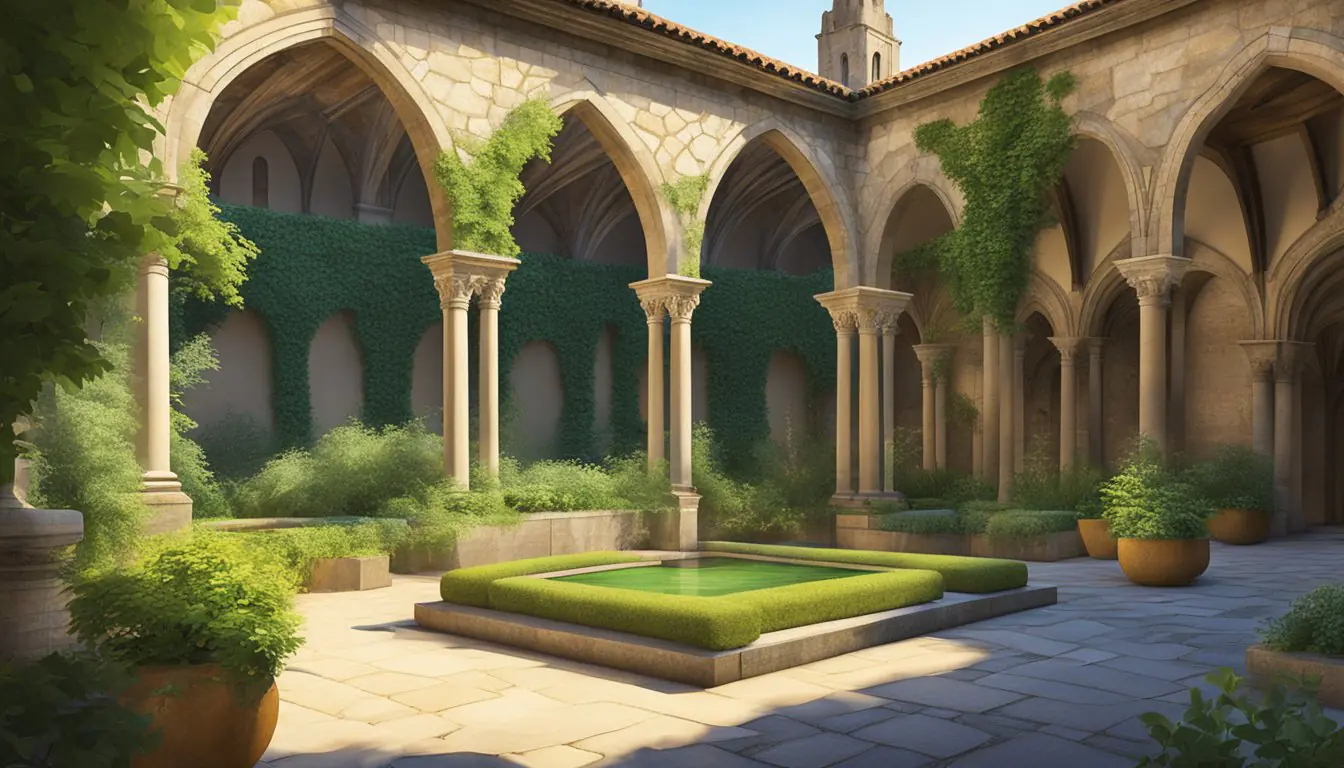
Milan offers a rich tapestry of gastronomic experiences, from the authenticity of traditional Milanese cuisine to the exciting innovative food scenes that bring a modern twist to classic Italian flavors. Whether one craves meticulously crafted local dishes or seeks the edgy creativity of contemporary chefs, Milan’s culinary landscape has it all.
Traditional Milanese Cuisine
Hearty and fulfilling, traditional Milanese dishes reflect the historical agricultural roots of the region. One cannot leave Milan without trying the iconic risotto alla Milanese, a creamy rice dish distinct for its saffron infusion. Equally renowned is the cotoletta alla Milanese, a tender veal cutlet breaded and fried to golden perfection. For those wandering the picturesque streets, local food markets and traditional eateries provide a taste of Milanese authenticity. Delve into the rustic flavors with classics such as ossobuco, a succulent slow-cooked veal shank typically served with risotto.
Innovative Food Scenes
Milan’s culinary scene is not only steeped in tradition but also pulses with creativity. The city boasts a vibrant array of eateries where innovative chefs reimagine typical dishes with daring fusions and avant-garde presentations. Milanese gastronomy embraces global influences, showcasing restaurants like Røst Milano, which melds Italian flair with Scandinavian simplicity. The food scene is intertwined with the city’s vibrant street art, offering an unconventional backdrop to dining experiences that are as visually arresting as they are gastronomically indulgent. Whether it’s through a conceptual tasting menu or a contemporary twist on pizza, every bite is a harmonious blend of Milan’s culinary past and future.
Planning Your Visit
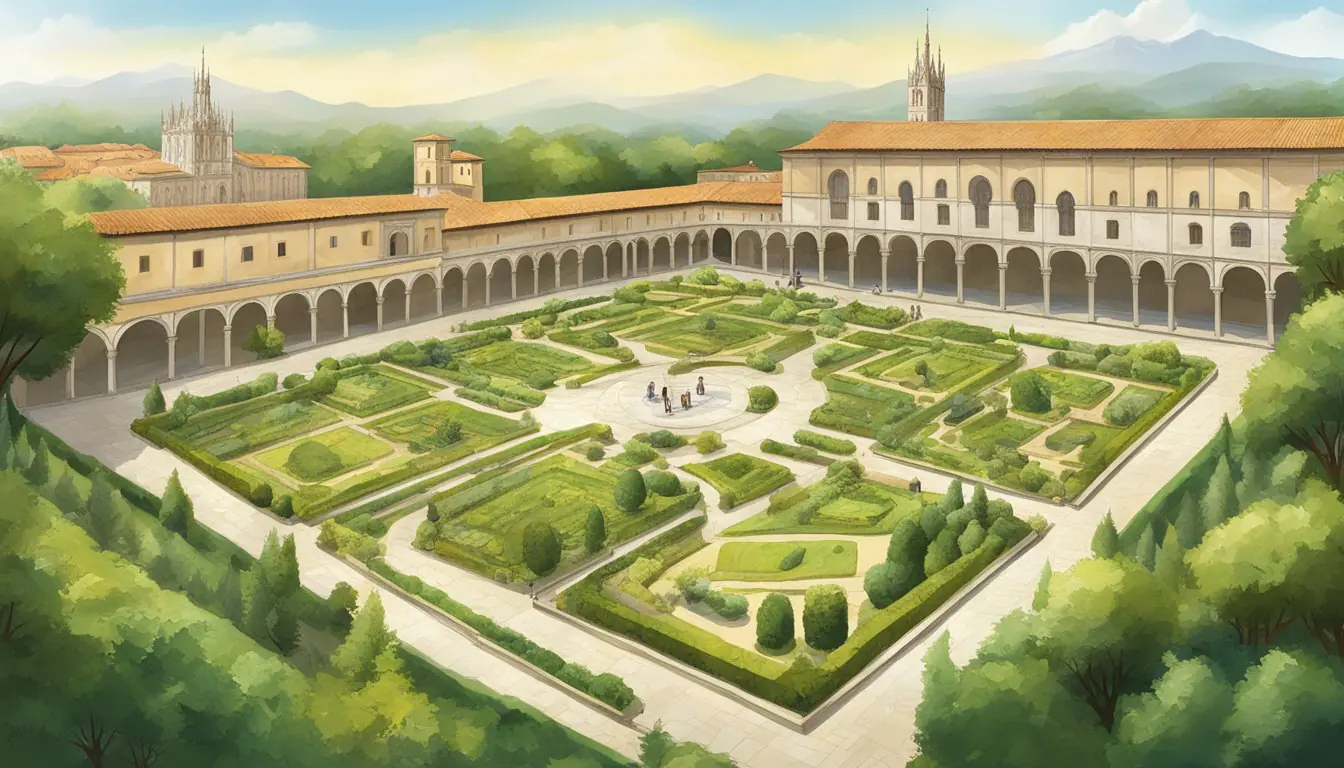
When visiting the Cloisters of Milan, it is important to prepare an effective itinerary and understand the local transportation options. This will ensure a seamless experience discovering the hidden gems of Milan.
Itinerary Suggestions
For those looking to explore Milan beyond the conventional tourist spots, an unconventional tour of the Cloisters could be an intriguing addition to their Milan itinerary. One might consider starting with the historical cloisters of Sant’Ambrogio, which offer a serene glimpse into the city’s past. For three days in Milan, a visitor should balance their schedule between must-see attractions and lesser-known locales. On the first day, they can visit the Duomo and its surrounds, while setting the second day to wander the Navigli district, ending with the contemplative quietude of the Cloisters on the final day.
Transport and Navigation
Getting around Milan is made easier thanks to the efficient public transportation system. Visitors can use the metro, trams, and buses to navigate the city. Specifically, to reach the Cloisters, one should look into the tram and metro lines that service the nearby areas. Tickets can be purchased at stations, via local transportation apps, or at Tobacconist shops (Tabaccherie). It is advisable to download and use the ATM Milano Official App which provides real-time navigation and ticket purchasing options.
Conclusion
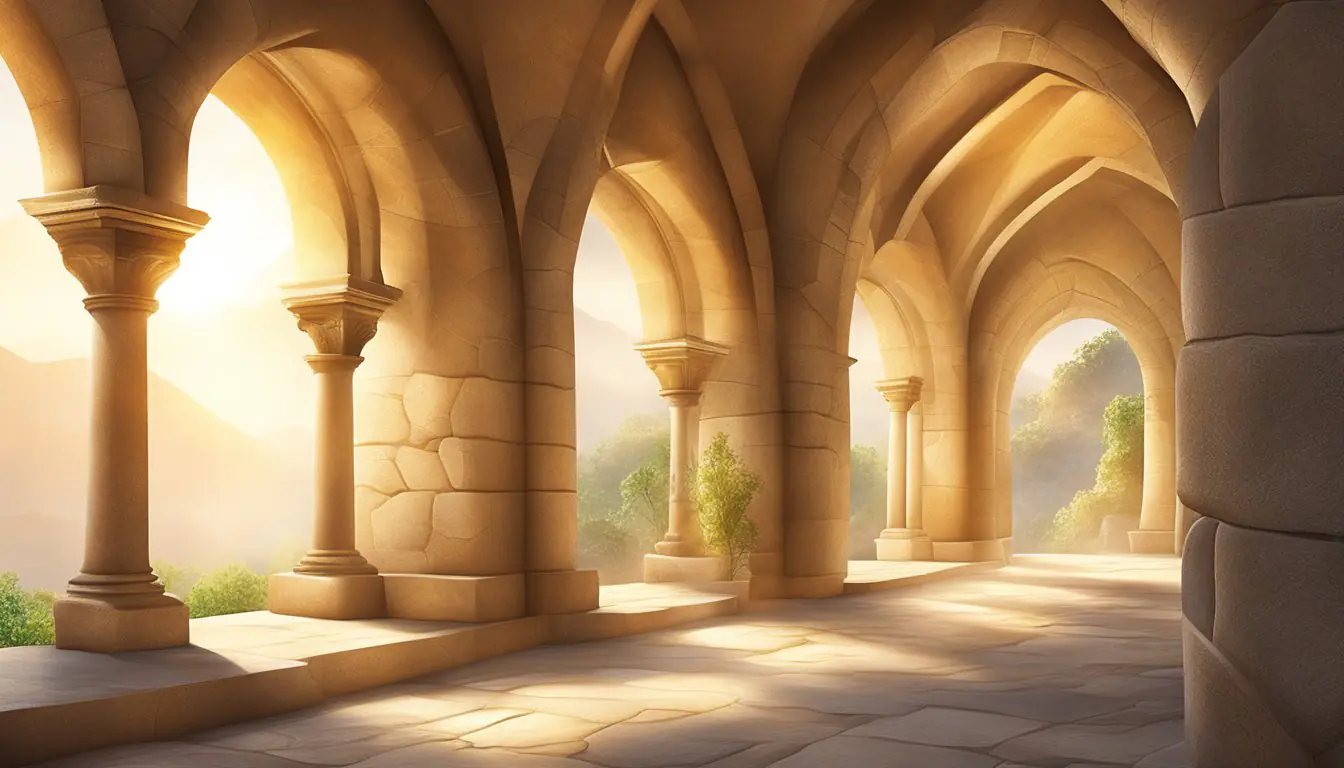
Exploring the Cloisters of Milan offers a serene escape from the bustling city streets. These historic courtyards showcase Milan’s rich history and architectural elegance. Visitors discover peace within these ancient walls, away from the well-trodden tourist routes. Experiencing these hidden gems provides a deeper understanding of the city’s past and present.
The cloisters often feature beautiful gardens, intricate stone work, and a profound sense of tranquility. One can find examples of these serene spaces across the city, each telling its own tale of Milan’s heritage. Some notable cloisters include the green haven of the Università Cattolica and the remarkable Bramante Cloister within the city.
When seeking a lesser-known side of Milan, the cloisters offer a compelling itinerary. These sites often remain uncrowded, allowing for a personal and reflective experience. They serve as living museums where visitors can absorb the city’s culture at their own pace.
For those interested in art and history, or simply in search of a quiet corner in Milan, these cloisters are a must-visit. Each visit promises a unique adventure, away from the typical attractions, and into the heart of Milan’s quieter beauty.
Frequently Asked Questions
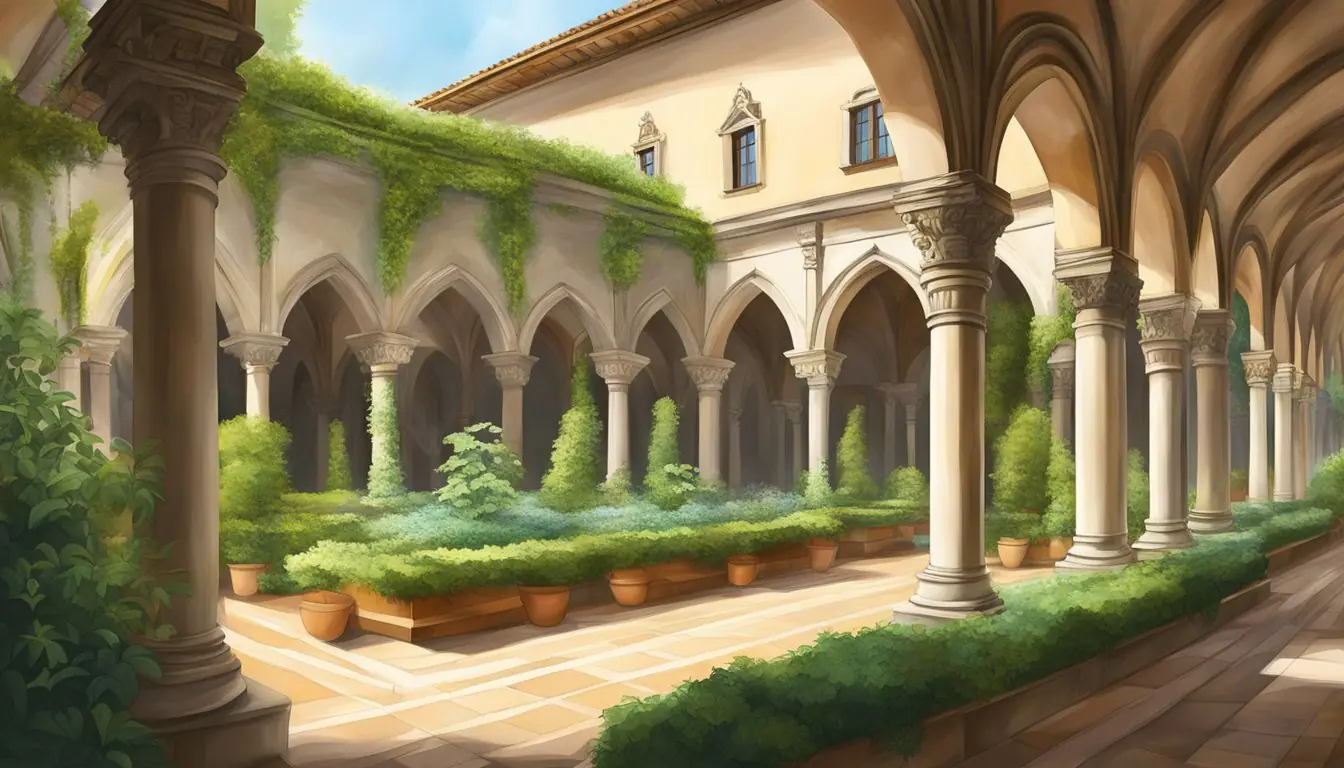
Explore lesser-known treasures and unique activities in Milan; each answer provides you with insights into the city’s hidden gems and alternative experiences.
What are some lesser-known sights to visit in Milan?
In Milan, travelers can discover the tranquility of Leonardo’s Vineyard, an often overlooked historic site in the heart of the city, which was once owned by Leonardo da Vinci himself. Additionally, the ancient San Bernardino alle Ossa, known for its ornate chapel adorned with human bones, offers visitors a unique and contemplative experience.
Which hidden gems offer the best dining experiences in Milan?
For an intimate dining experience, Enoteca Vino invites patrons to savor fine Italian wines in a cozy atmosphere. Gourmet seekers can also indulge in the sweet pleasures of a patisserie tour, tasting exquisite pastries that are the pride of local Milanese cuisine.
Can you recommend unique activities for young adults in Milan?
Young adults can delve into Milan’s vibrant culture by joining unconventional tours such as graffiti art walks or participating in interactive cooking classes that reveal the secrets of traditional Italian cooking.
Where can locals commonly be found enjoying Milan’s charm?
Locals are often found relaxing in the idyllic Giardini della Guastalla, one of Milan’s oldest gardens, or exploring the latest exhibitions at Fondazione Prada, a contemporary art museum set in a former gin distillery.
Are there any intriguing off-the-beaten-path historical sites in Milan?
Yes, the Church of San Maurizio al Monastero Maggiore is an often-missed historical site that houses remarkable Renaissance frescoes. For an immersive historical experience, visitors can also venture to the hidden Basilica of San Lorenzo Maggiore, which remains an architectural marvel with its ancient columns.
What unusual experiences are available to visitors in Milan?
Visitors can experience Milan in an unusual way by attending a live performance at Teatro Dal Verme, an historic theatre with a modern twist. They may also find themselves captivated by a private rooftop tour that offers panoramic views of the city, including the iconic Duomo di Milano.

